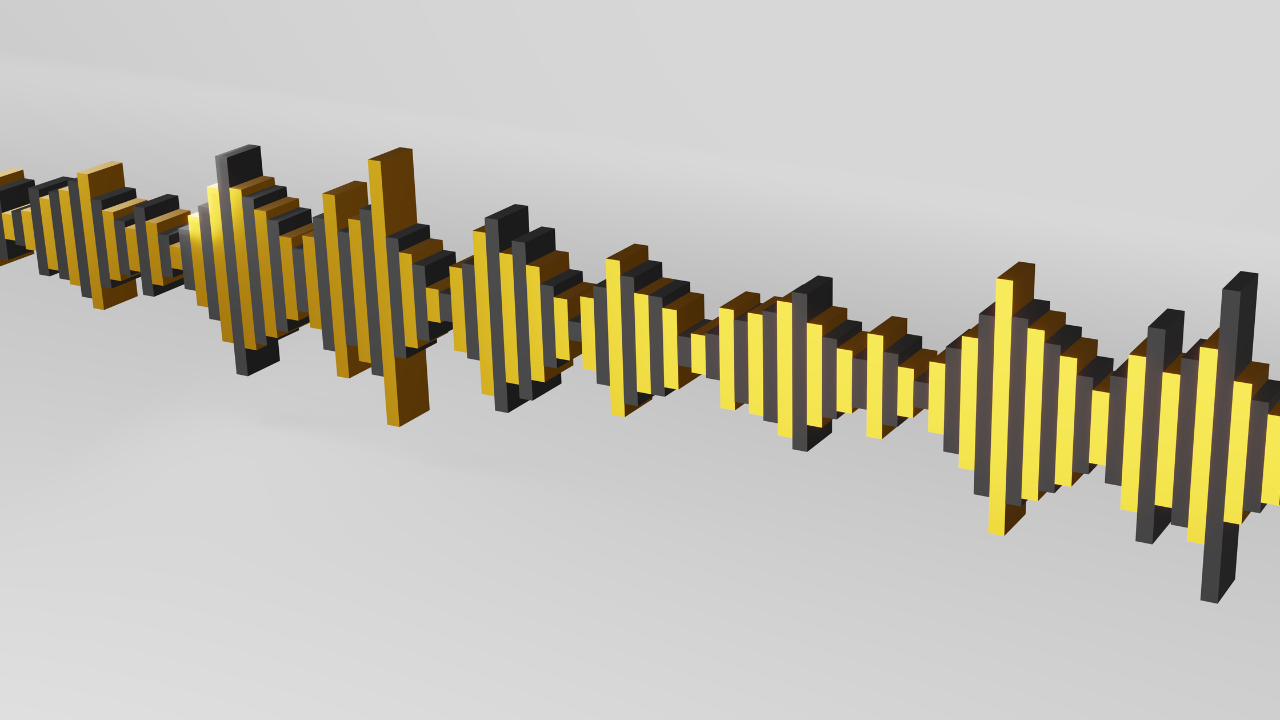Demystifying Demodulation and Enveloping
Alan Friedman, CAT IV, CRL, CMRP
Posted 10/12/2023
The following is a brief description of this short video on modulation, demodulation and enveloping in vibration. To learn more, please message me, email me at [email protected] or check out my course schedule at https://ZencoVibrations.com
You might want to have a look at my last two articles before you read this one as they cover similar topics: Liner and Non Linear Vibration and Demystifying Harmonics and Sidebands
I’d recommend pausing the video at various times to take a closer look at what is happening to make sure you understand the concepts.
The top graph in the video is a time waveform. The middle graph is an FFT or spectrum of the top graph. The video starts by showing the relationship between the two as Alan changes the frequency and amplitude of the sine wave. He then sets the frequency to 25 Hz.
Next, Alan modulates the top wave with a second sine wave. What is amplitude modulation? It is the repetitive increase and decrease in the amplitude of a signal.
Modulation in the time waveform results in sidebands in the spectrum. In the first example, 25 Hz is modulated by 4.2 Hz. In the spectrum you see the peak at 25 Hz with peaks on either side separated by 4.2 Hz (20.8 Hz and 29.2 Hz).
Next Alan adjusts the modulating frequency so you can see how the sideband spacing changes. Alan then changes the amplitude of the modulating frequency and you can see the amplitude of the sidebands in the spectrum going up and down.
The bottom plot is called a demodulated spectrum or an envelope spectrum. Demodulation, and these plots, are often used for analyzing rolling element bearings. When we demodulate the time waveform graph at the top, we get the modulating frequency. At this point in the video, the modulating frequency is at 7 Hz. The frequency being modulated is 25 Hz. What do we see in the demodulated spectrum? We see 7 Hz.
We also see harmonics of 7 Hz in the demodulated spectrum. Why? Because we are demodulating the “envelope” of the top time waveform and this envelope is not a perfect sine wave. I will post another video and article in the near future that explains this.
Next, Alan changes the shape of the modulating wave by clipping it. This leads to more harmonics in the demodulated spectrum. It also leads to more sidebands in the regular spectrum.
Alan then clips the (25 Hz) frequency being modulated. This results in harmonics of 25 Hz in the spectrum and these harmonics also have sidebands (of 7 Hz in this case). This pattern is common in AC motors, Gears and Bearings.
Demystifying Demodulation and Enveloping in Vibration – Conclusion
I often see people misunderstand and misuse demodulation plots or confuse them for regular spectra. It’s common for people to see a high 1x peak in a PeakVue or demodulated spectrum and incorrectly claim “It’s unbalance!” or they see a 2xLF peak in the demodulated spectrum and think its related to soft foot. (it is not)This is just a tiny glimpse of one of my simulators and a tiny taste of what you will learn in one of my courses.
Thinking about becoming a Certified Vibration Analyst? Read this article.

Alan Friedman
Alan, aka the Vibe Guru, has over 30 years of vibration analysis experience, He has trained 1000’s of students around the world up to Category IV. One of the things that makes Alan a great teacher is his ability to teach people where they are at. Whether you are a math challenged millwright, an engineer or a PhD, Alan will challenge you without overwhelming you. If you are interested in condition monitoring you can also check out his book: Audit It. Improve It! Getting the Most from your Vibration Monitoring Program or hire him for an on-site program audit.
Related Articles

Improve Basic Work Systems First

What is Vibration?

Web Based Vibration Analysis Programs

Vibration & Ultrasound Technologies: A Possible Integrated Inspection Tool?

Vibration Pen, Shock Pulse Measurement (SPM), & Vibration Analysis - What's the Difference?

Vibration Analysis Reveals Poor Motor Mounting Structure

The Truth Behind Misalignment Vibration Spectra of Rotating Machinery




